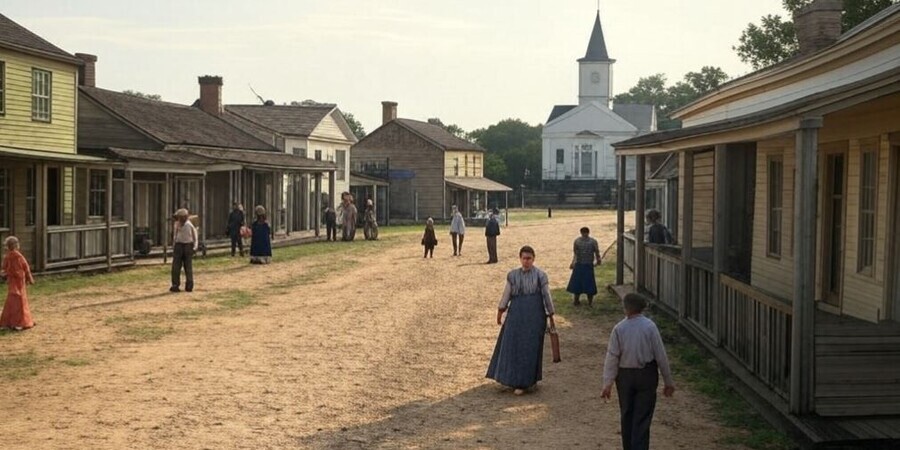DELAWARE STATE - Delaware, the First State, boasts a rich history that stretches back to the earliest days of European colonization in North America. Determining the state's oldest city, however, is a matter of friendly debate, with both Lewes and New Castle laying claim to the title. While Lewes proudly asserts its status as the first settlement in Delaware, established in 1631, New Castle counters with its distinction as the oldest continuously occupied town in the Delaware Valley.
Delaware's Contested Claim: Exploring the Historic Roots of Lewes and New Castle
This article delves into the unique and significant contributions of both Lewes and New Castle to Delaware's heritage, exploring their historical foundations and stories.
Lewes: The First Settlement, A Dutch Outpost
Lewes, situated at the strategic meeting point of the Delaware Bay and the Atlantic Ocean at Cape Henlopen, holds a significant place in Delaware's history. Founded in 1631 by Dutch settlers under the name Zwaanendael, it is recognized as the first European settlement in Delaware, as documented by the Delaware Historical Society and historical markers throughout the town. The settlement's location near the coast made it a focal point for maritime activity. However,, the initial Dutch presence was short-lived, ending tragically in a conflict with the local Native American population, as detailed in historical accounts preserved by the Lewes Historical Society.
Lewes: A Seafaring Legacy and a Witness to History
Despite the early setback, the area was eventually resettled, and Lewes, officially incorporated later, developed a rich seafaring heritage. Its location made it a site of historic battles, including bombardments during the Revolutionary War and the War of 1812, and it was even visited by pirates like the infamous Captain Kidd, as recounted in local lore and historical records. Today, Lewes embraces its maritime past, with a charming historic district that includes homes and structures dating back to the late 1600s and early 1700s, as noted by the National Register of Historic Places.
New Castle: A Continuously Occupied Gem
New Castle, located further north along the Delaware River, offers a different but equally compelling claim to historical prominence. Founded by the Dutch West India Company in 1651 as Fort Casimir and later controlled by the Swedes and then the English. It is recognized as the oldest continuously occupied town in the Delaware Valley, a distinction supported by the New Castle Historical Society and numerous historical sources. Unlike the initial Lewes settlement, New Castle has remained inhabited since its founding.
New Castle: A National Landmark and Architectural Treasure
New Castle's enduring legacy is reflected in its well-preserved architecture and historic character. The town is designated as a National Landmark Historic Area, boasting cobblestone streets, museums, and a collection of architecturally stunning homes built by prominent figures like government officials, judges, and lawyers, as described by the National Park Service. It is a riverfront community. New Castle's commitment to preservation allows visitors to step back in time and experience a tangible connection to its colonial past. It is also part of the First State National Historical Park, which includes sites in all three counties in Delaware.
 The friendly debate over whether Lewes or New Castle is Delaware's oldest city highlights the rich and complex history of the First State. Lewes's claim rests on its status as the first European settlement, while New Castle's distinction lies in its continuous occupation. Ultimately, both towns offer invaluable insights into Delaware's colonial past and its evolution into the state it is today. Whether you're drawn to Lewes's maritime heritage and historic homes or New Castle's cobblestone streets and architectural grandeur, exploring both towns provides a rewarding journey through the very foundations of Delaware's history.
The friendly debate over whether Lewes or New Castle is Delaware's oldest city highlights the rich and complex history of the First State. Lewes's claim rests on its status as the first European settlement, while New Castle's distinction lies in its continuous occupation. Ultimately, both towns offer invaluable insights into Delaware's colonial past and its evolution into the state it is today. Whether you're drawn to Lewes's maritime heritage and historic homes or New Castle's cobblestone streets and architectural grandeur, exploring both towns provides a rewarding journey through the very foundations of Delaware's history.


